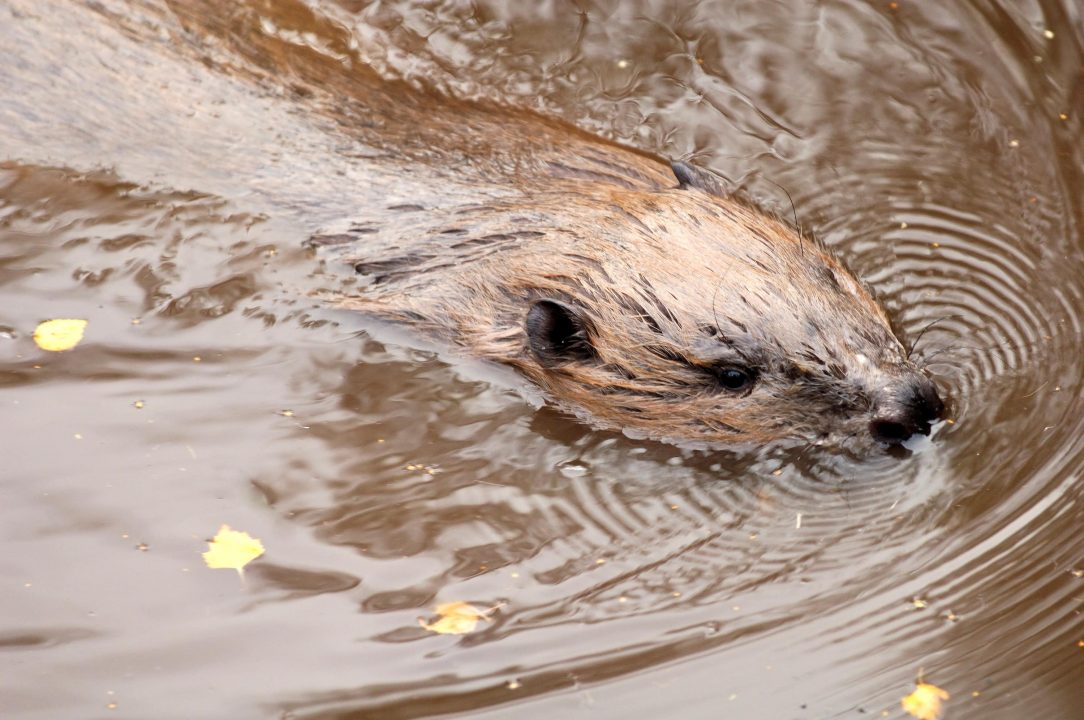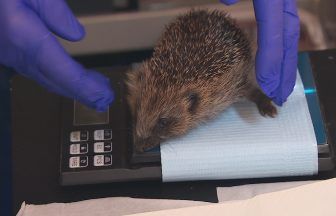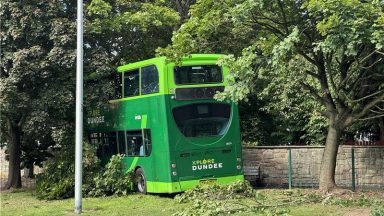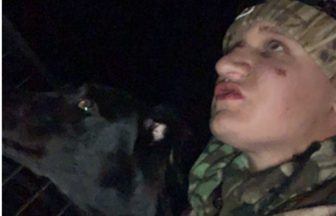A second beaver release site has been identified in Scotland.
Argaty, a centre near Doune famous for its red kites, is to be Scotland’s second such location after Knapdale, Argyll was designated in 2009.
Scotland’s nature agency NatureScot has issued a protected species licence allowing beavers to be released into a new location in the Forth catchment, reinforcing the population that is already resident nearby.
The beavers will be trapped and taken under licence from areas where they are causing serious agricultural damage for farmers and where mitigation measures have not been successful or are not possible.
This is only the second translocation site authorised in Scotland; the first was the beaver reintroduction trial site in Knapdale in Argyll.
The new site is northeast of Doune at Argaty, on the edge of the current range for beavers in Scotland.
The application was submitted in June; NatureScot has assessed it in line with the Scottish Code for Conservation Translocations, which considers a range of issues from animal welfare, site suitability and potential impacts on neighbouring and community interests.
A survey published in August this year found that beaver numbers have doubled in Scotland in the last three years to around 1,000 animals, and that the population is in a rapid expansion phase as beavers spread out from Tayside, with territory numbers also more than doubling to 251.
NatureScot’s head of wildlife management, Donald Fraser said: “This will allow beavers to be trapped and removed from highly productive agricultural land where they are causing damage to farmland; they will then be released in an area where nature will benefit and there is less risk to agriculture.
“That’s because beavers have positive impacts on nature by creating habitats such as ponds and wetlands where other species thrive, as well as moderating water flows and improving water quality.
“But we also know beavers may cause severe problems in some areas, particularly for crops grown on flat, low-lying land.
“In assessing this application, we have listened to concerns expressed about the population reinforcement at Argaty from local farmers, who are concerned that the translocated beavers will move quickly into burns on their land and potentially flood land and cause damage to heritage and other trees.
“We’d like to assure these farmers that our mitigation scheme is available to help them with any issues which arise and affect their crops and trees and that our assessment is that, on balance, the expected benefits will outweigh any negative impacts.”
The population survey released this summer also revealed there is already an established territory and evidence of the presence of beavers at several points in the River Teith.
Beavers are also evident in the River Forth on the Carse of Stirling and the River Allan, downstream of Bridge of Allan.
That population now ranges from Glen Isla to Dundee and Stirling, Forfar to Crianlarich, and is likely to expand into Loch Lomond in the future.
Follow STV News on WhatsApp
Scan the QR code on your mobile device for all the latest news from around the country


 PA Ready
PA Ready




















